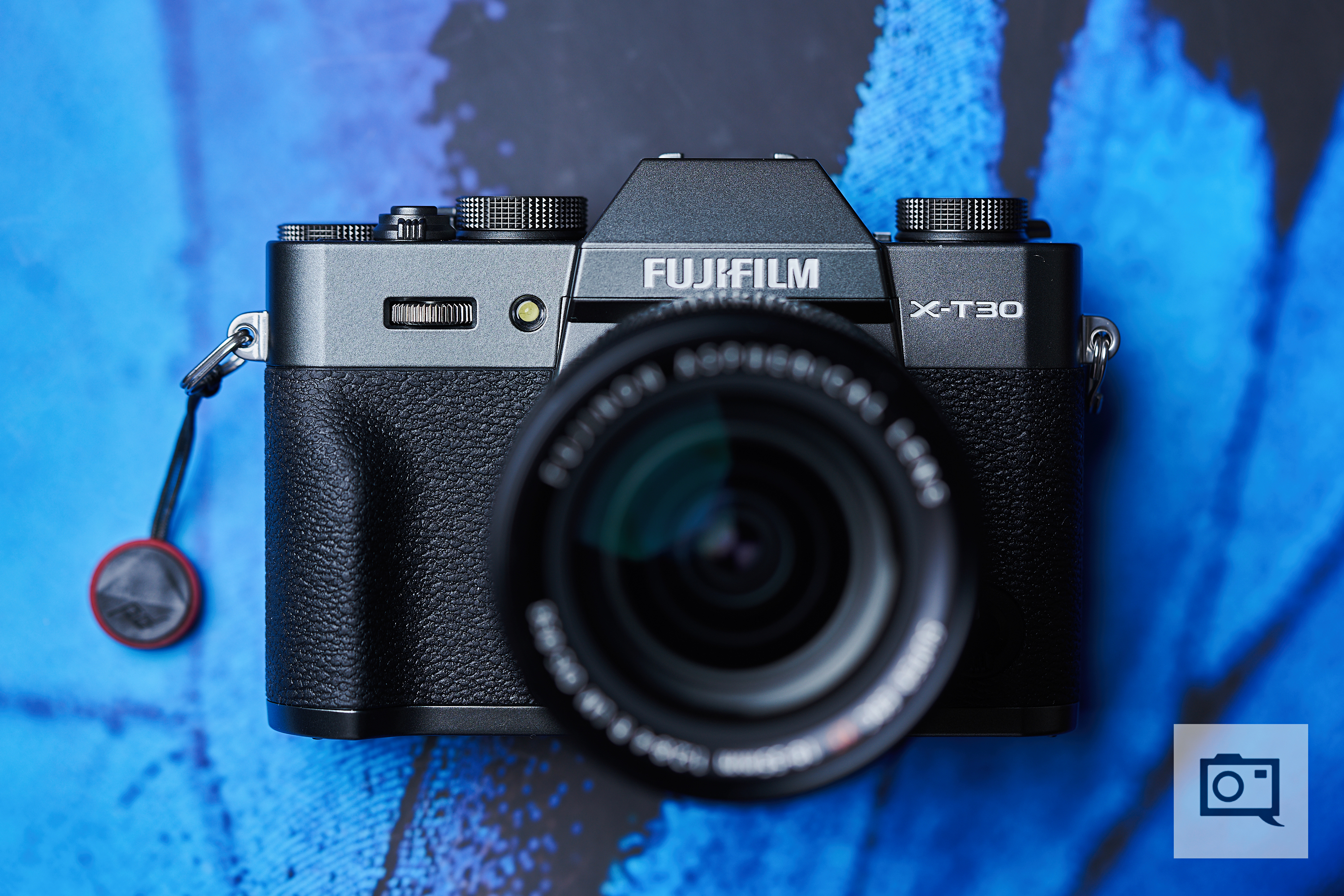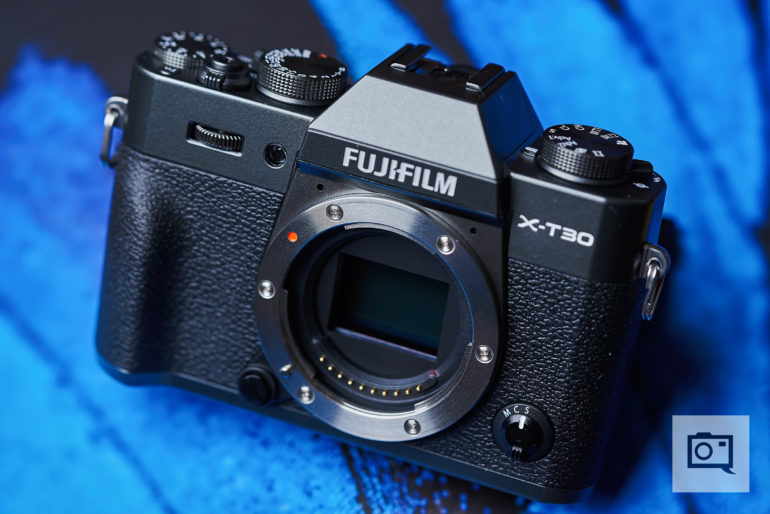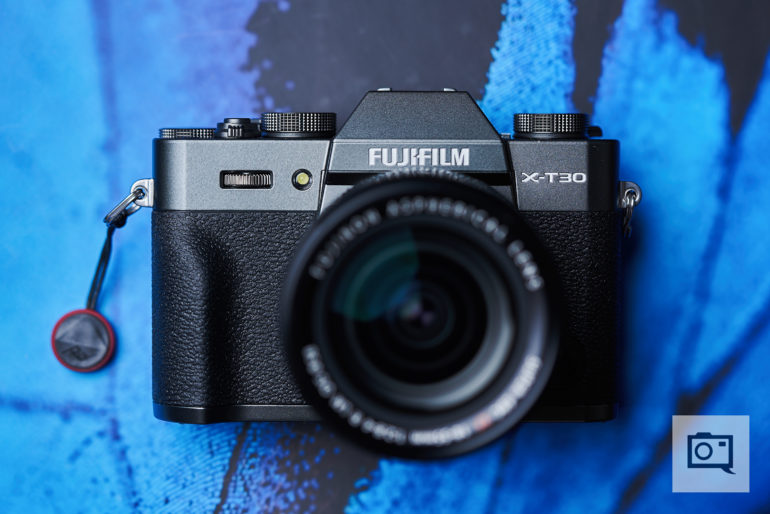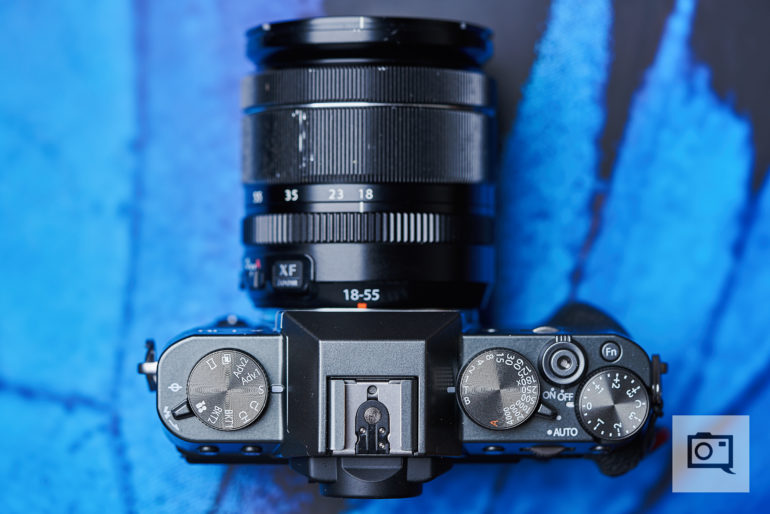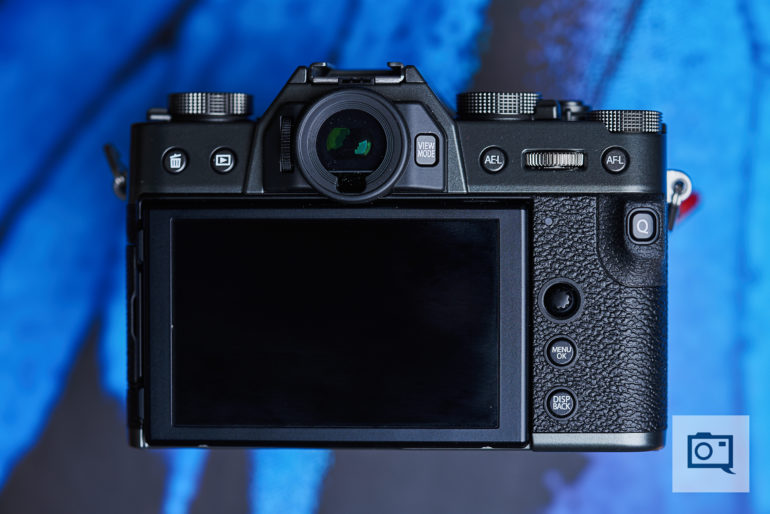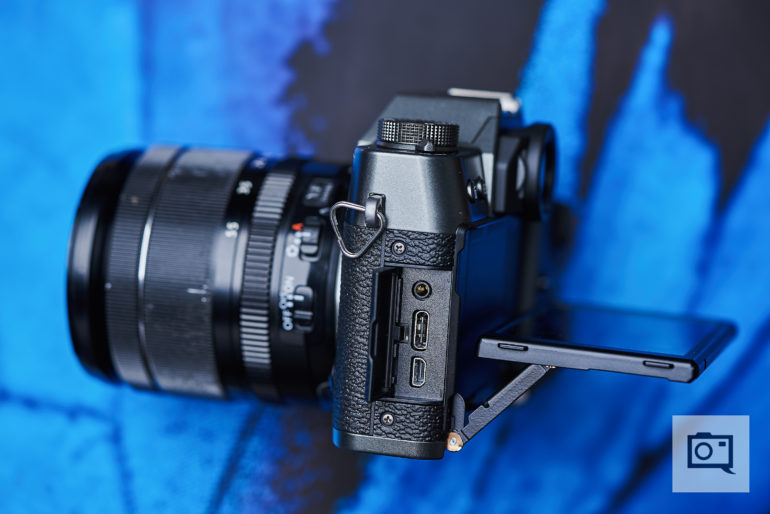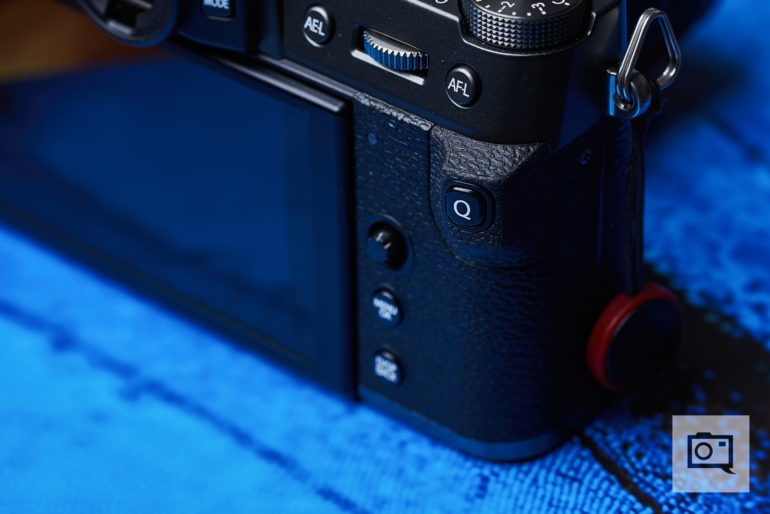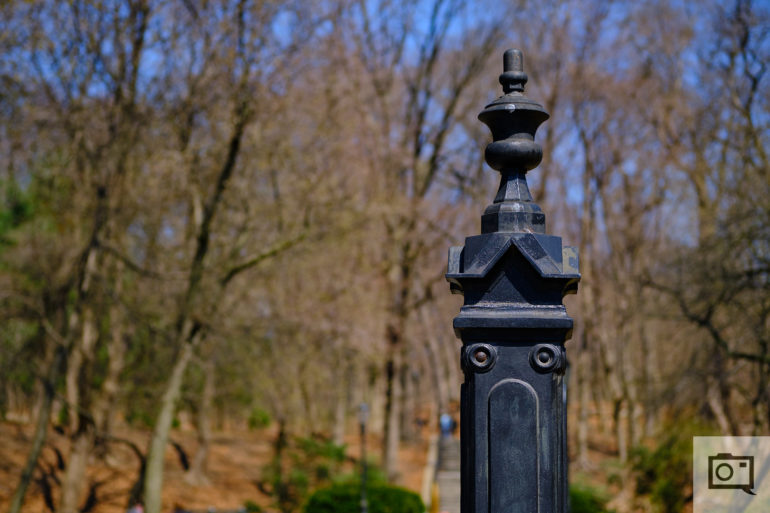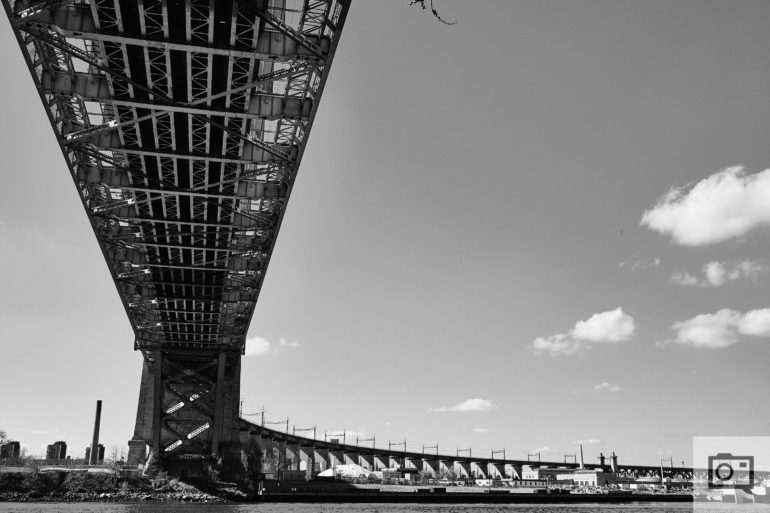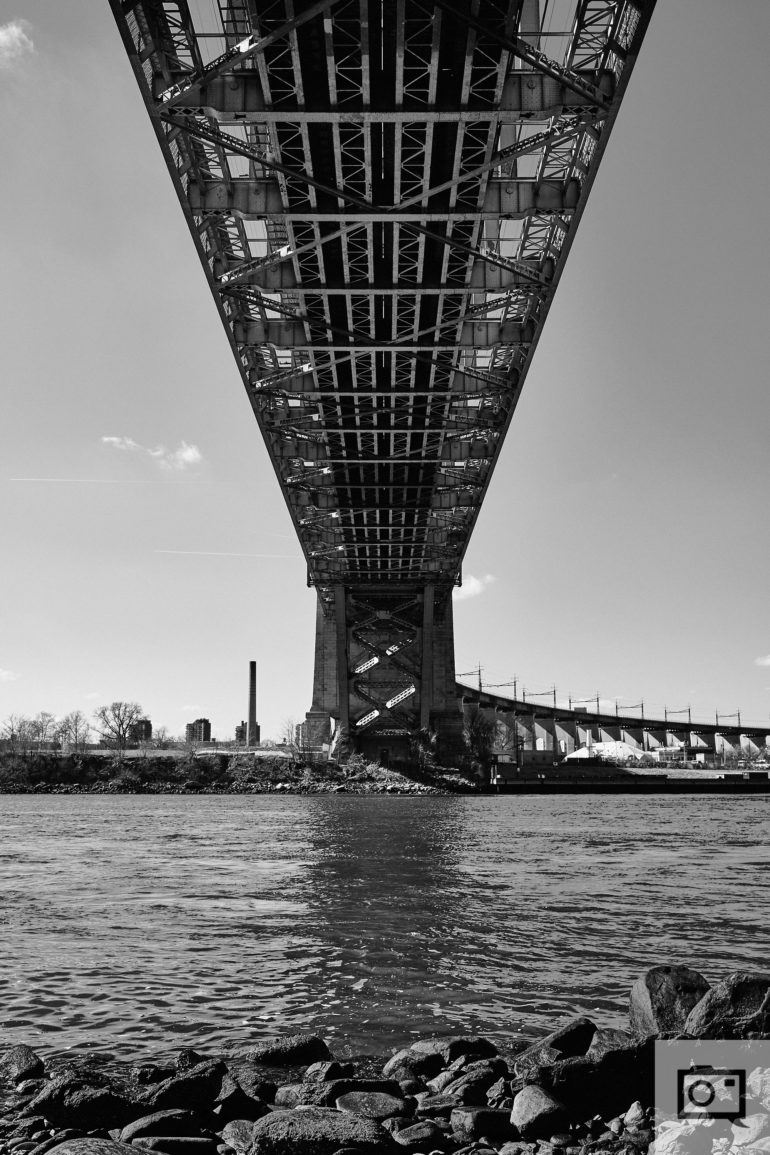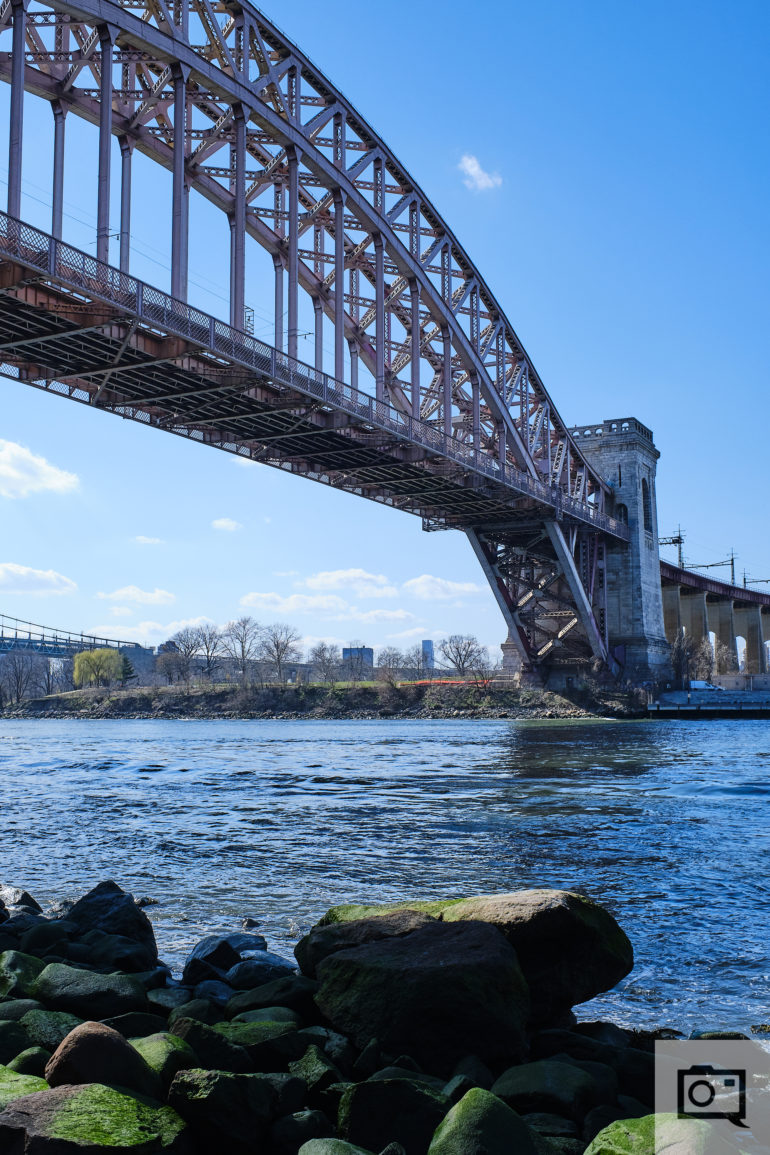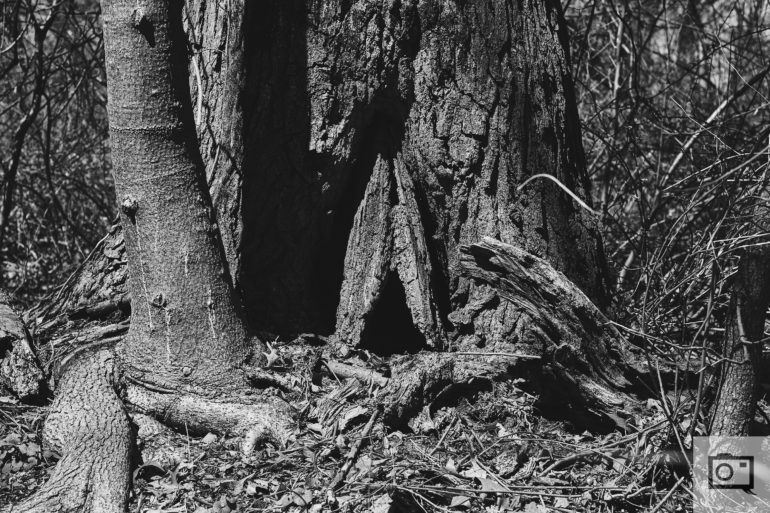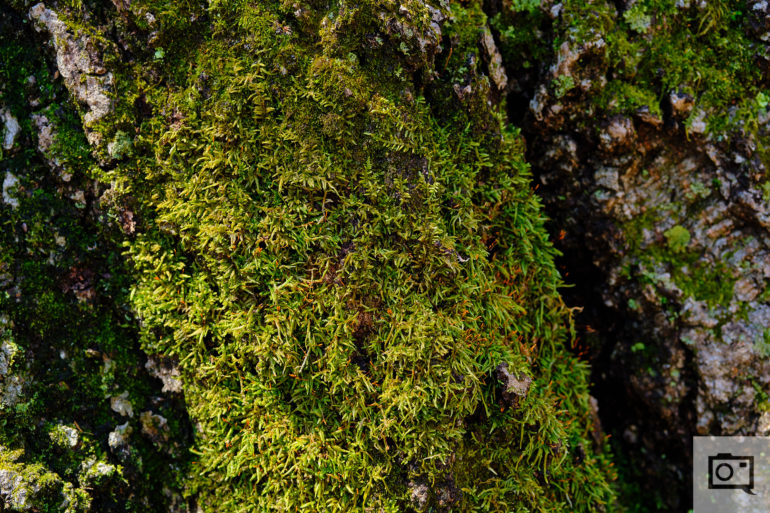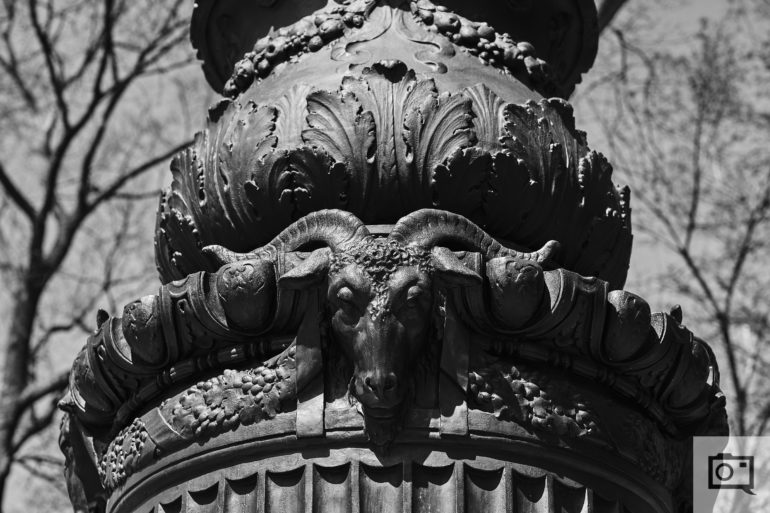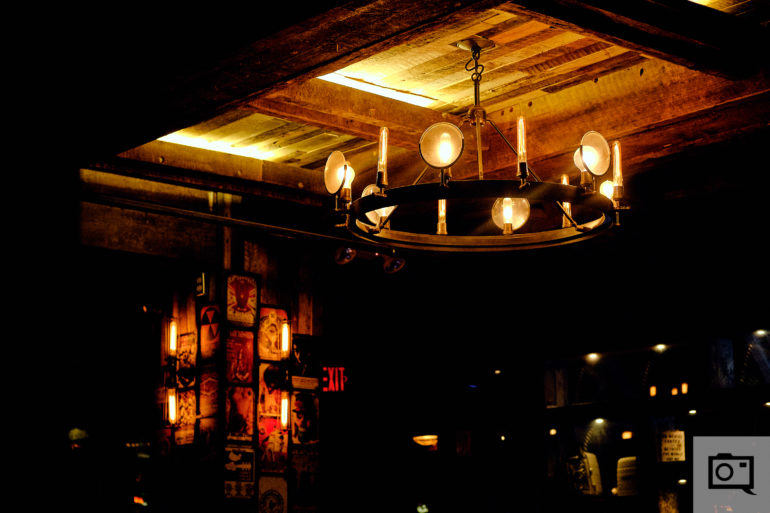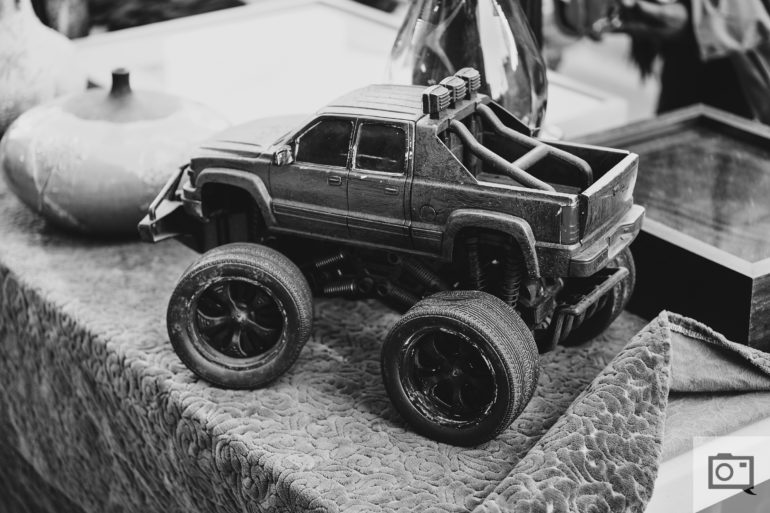Last Updated on 03/01/2020 by Mark Beckenbach
The Fujifilm X-T30 is a more affordable and shrunken down version of the highly regarded X-T3, albeit with a few caveats
While most of the digital imaging industry has been concentrating their efforts on introducing Full Frame Mirrorless cameras for the better part of the past year, photographers that prefer lighter and more compact Crop Sensor bodies got some new hotness of their very own to lust after in the form of the Fujifilm X-T3 and the Sony A6400. Both flagship APS-C cameras have proven to be massively popular for consumers to professionals alike, but what if you wanted the same level of performance but in an even svelter and more condensed package? As luck would have it, the engineers over at Fujifilm managed to answer that question with the X-T30, the company’s latest compact Crop Sensor Mirrorless camera. Fujifilm managed to incorporate almost all of the best of breed innovations found within the X-T3 into the XT30 while bringing both the size and the cost down. After spending a few short hours with the pre-production sample during the top-secret press briefing when the X-T30 first launched, Fujifilm was kind enough to provide a final production model of the camera to us so that we can evaluate in comprehensively in typical Phoblographer fashion.
Pros and Cons
Pros
- Solid construction that we’ve come to expect and love about Fujifilm cameras
- Compact
- Lightweight
- Almost everything that made the X-T3 such a hit
Cons
- Lacks in-body image stabilization and weather sealing
- Rear touchscreen only tilts up and down, unlike the X-T3 which also tilts to the right as well
- Perhaps a tad too compact, particularly for photographers with larger hands
- New joystick is awkwardly placed on the rear of the camera body, making single-handed operation challenging and increases the risk of accidentally dropping the camera due to its diminutive size
- Unremarkable battery life
Gear Used
We tested the Fujifilm X-T30 with the Fujinon XF 23mm f1.4 and Fujinon XF 50mm f2.
Tech Specs
Tech specs for the Fujifilm X-T30 taken from the official Fujifilm press kit
| MODEL NAME | FUJIFILM X-T30 |
| Number of effective pixels | 26.1 millions pixels |
| Image sensor | 23.5mm×15.6mm (APS-C) X-Trans CMOS 4 with primary color filter. |
| Storage media | SD memory card (~2GB) / SDHC memory card (~32GB) / SDXC memory card (~512GB) |
| File format of still image | JPEG: Exif Ver.2.3 *1, RAW: 14bit RAW (RAF original format) / RAW+JPEG |
| Lens mount | FUJIFILM X mount |
| Sensitivity | |
| Standard output | AUTO1 / AUTO2 / AUTO3 (up to ISO12800) / ISO160~12800 (1/3 step) |
| Extended output | ISO80/100/125/25600/51200 |
| Exposure control | TTL 256-zone metering, Multi / Spot / Average / Center Weighted |
| Exposure mode | P (Program AE) / A (Aperture Priority AE) / S (Shutter Speed Priority AE) / M (Manual Exposure) |
| Exposure compensation | ‘-5.0EV~+5.0EV 1/3EV step (Movie: -2.0EV~+2.0EV) |
| Shutter type | Focal Plane Shutter |
| Shutter speed | |
| Mechanical Shutter | P mode: 4sec. to 1/4000sec. A mode: 30sec. to 1/4000sec. S/M mode: 15min. to 1/4000sec. Bulb mode: up to 60min. |
| Electronic Shutter *2 | P mode: 4sec. to 1/32000sec. A mode: 30sec. to 1/32000sec. S/M mode: 15min. to 1/32000sec. Bulb mode: 1sec. Fixed |
| Mechanical + Electronic shutter | P mode: 4sec. to 1/32000sec. A mode: 30sec. to 1/32000sec. S/M mode: 15min. to 1/32000sec. Bulb mode: up to 60min. |
| Synchronized shutter speed for flash | 1/180sec. or slower |
| Flash | Manual pop-up flash (Super Intelligent Flash) |
| Guide number : approx. 7 (ISO200 · m) / approx. 5 (ISO100 · m) | |
| LCD monitor | 3.0 inch, aspect ratio 3:2, approx. 1.04 millions dots touch screen color LCD monitor (approx. 100% coverage) |
| Continuous shooting | Approx. 30fps [Only electronic shutter, 1.25 x Crop ] (JPEG 26 frames Lossless compression RAW 17 frames Uncompressed RAW 17 frames) |
| Approx. 20fps [Only electronic shutter, 1.25 x Crop ] (JPEG 53 frames Lossless compression RAW 17 frames Uncompressed RAW 17 frames) | |
| Approx. 10fps [Only electronic shutter, 1.25 x Crop ] (JPEG 95 frames Lossless compression RAW 18 frames Uncompressed RAW 18 frames) | |
| Approx. 20fps [Only electronic shutter ] (JPEG: 32 frames Lossless compression RAW: 17 frames Uncompressed RAW: 17 frames) | |
| Approx. 10fps [Only electronic shutter ] (JPEG: 81 frames Lossless compression RAW: 18 frames Uncompressed RAW: 18 frames) | |
| Approx. 8fps (JPEG: 90 frames Lossless compression RAW: 18 frames Uncompressed RAW: 18 frames) | |
| Approx. 5fps (JPEG: 205 frames Lossless compression RAW: 24 frames Uncompressed RAW: 19 frames) | |
| Approx. 4fps (JPEG: 209 frames Lossless compression RAW: 28 frames Uncompressed RAW: 20 frames) | |
| Approx. 3fps (JPEG: 216 frames Lossless compression RAW: 34 frames Uncompressed RAW: 21 frames) | |
| Pre-shot: Approx. 30fps [Only electronic shutter, 1.25 x Crop ] (max. 10 frames while half press, max. 12 frames after full press, total max. 22 frames) | |
| Pre-shot: Approx. 20fps [Only electronic shutter, 1.25 x Crop ] (max. 10 frames while half press, max. 22 frames after full press, total max. 32 frames) | |
| Pre-shot: Approx. 10fps [Only electronic shutter, 1.25 x Crop ] (max. 10 frames while half press, max. 68 frames after full press, total max. 78 frames) | |
| *Recordable frames depends on recording media | |
| *Speed of continuous shooting depends on shooting environment and shooting frames | |
| Focus | |
| Mode | Single AF / Continuous AF / MF |
| Type | Intelligent Hybrid AF |
| AF frame selection | (TTL contrast AF / TTL phase detection AF) |
| Single point AF: EVF / LCD: 13×9 / 25×17 (Changeable size of AF frame) | |
| Zone AF: 3×3 / 5×5 / 7×7 from 91 areas on 13×9 grid | |
| Wide/Tracking AF: (up to 18 area) *AF-S: Wide / AF-C: Tracking | |
| All | |
| Viewfinder | 0.39 inch approx. 2.36 millions dots OLED Color Viewfinder |
| Coverage of viewing area vs. capturing area: approx. 100% | |
| Magnification: 0.62× with 50mm lens (35mm equivalent) at infinity and diopter set to -1m-1 | |
| Diagonal angle of view: approx. 31° (Horizontal angle of view: approx. 26° ) Built-in eye sensor | |
| AUTO Brightness Setting: 50~800cd/m* | |
| Movie recording | MOV (MPEG-4 AVC/H.264,Audio: Linear PCM / Stereo sound 24bit / 48KHz sampling) |
| File format | [DCI 4K(4096×2160)] 29.97p/25p/24p/23.98p 200Mbps/100Mbps up to approx. 10min |
| File size | [4K(3840×2160) 29.97p/25p/24p/23.98p 200Mbps/100Mbps up to approx. 10min |
| Frame rate | [Full HD92048 ×1080)] 59.94p/50p/29.97p/25p/24p/23.98p 200Mbps/100Mbps up to approx. 15min. |
| Recording time | [Full HD(1920×1080)] 59.94p/50p/29.97p/25p/24p/23.98p 200Mbps/100Mbps up to approx. 15min. |
| [Full HD(1920×1080) High speed rec.] 120p/100p 200Mbps(recording) up to approx. 6min. | |
| *For recording movies, use a SD memory card with UHS Speed Class 3 or higher. | |
| *Although movie recording will continue without interruption when the file size reaches 4GB, subsequent footage will be recorded to a separate file which must be viewed separately. | |
| Color chrome effect | STRONG, WEAK, OFF |
| Terminal | |
| Digital interface | USB Type-C (USB3.1 Gen1) |
| HDMI output | HDMI micro connector (Type D) |
| Other | ø2.5mm, stereo mini connector (Microphone), Hot shoe, Synchronized terminal |
| Power supply | NP-W126S Li-ion battery (included) |
| Battery life for still images*3 | Approx. 380 frames (Normal Mode) When XF35mmF1.4 R is set. |
| Actual battery life of movie capture*3 *Face detection is set to OFF | [4K] approx. 45min. (29.97p) |
| [Full HD] approx. 45min. (59.94p) | |
| Continuance battery life of movie capture*3 *Face detection is set to OFF | [4K] approx. 60min. (29.97p) |
| [Full HD] approx. 75min. (59.94p) | |
| Dimensions | 118.4mm (W) x 82.8mm (H) x 46.8mm (D) / 4.66in. (W) x 3.26in. (H) x 1.84in. (D) |
| Weight | Approx. 383g (including battery and SD memory card) |
| Approx. 333g (excluding battery and SD memory card) | |
| Accessories included | Li-ion battery NP-W126S, Shoulder strap, |
| Body cap, Strap clip, Protective cover, Clip attaching tool, Owner’s manual, | |
| *1 Exif 2.3 is a digital camera file format that contains a variety of shooting information for optimal printing. | |
| *2 The Electronic Shutter may not be suitable for fast-moving objects. Flash can not be used. | |
| *3 Approximate number of frames or movie recording time that can be taken with a fully-charged based on CIPA Standard. |
Ergonomics
Ergonomics section taken from our First Impressions article.
Like the X-T20 before it, the Fujifilm X-T30 is a very compact interchangeable lens mirrorless camera. In fact, you’ll likely mistake the X-T30 for its predecessor if you saw one in the wild as the front looks almost identical with the exception of the change in model name.
Looking at the top of the X-T30, moving from left to right, you’ll find the Drive Mode Dial, the Hot Shoe, Shutter Speed Dial, On/Off Switch, Shutter Button, Exposure Compensation Dial, as well as one of the Fn buttons that you can assign custom functions to. The lever to activate the Pop Up Flash can be found to the left of the Drive Mode Dial while the Auto Mode Selector lever can be found to the right of the Shutter Speed Dial.
Here’s a look at the front of the X-T30 without any lenses mounted to it. Note the Front Command Dial situated above the hand grip, directly below where the On/Off Switch just is on the top of the camera body. You can assign this dial to adjust either the Aperture or Shutter Speed. The Focus Mode Selector is located near the bottom on the opposite side of the camera.
As we move towards the rear of the X-T30, most of the buttons from the predecessor are in the same place with a few notable exceptions. You’ll find the buttons for Delete and Playback on the upper left, followed by the Diopter Adjustment Wheel, OLED Electronic Viewfinder, and the View Mode button as we move along the top of the X-T30. The Exposure Lock and Focus Lock buttons are situated to the left and right of the Rear Command Dial, and can be assigned to adjust either the Aperture or Shutter Speed like the dial up front. The right side of the back of the X-T30 is where you’ll find the biggest differences that set it apart from its predecessor. Fujifilm has omitted the D-Pad that was on the rear of the X-T20 and replaced it with a joystick similar to the one that can be found on the X-T3. The Quick Menu button has also been relocated, now situated on top of the larger thumb rest. The Menu/OK button that was in the center of the D-Pad is now located below the joystick, with the Disp/Back button underneath it.
The Fujifilm XT-30 includes a 2.5mm Microphone/Remote Release connector, USB Type-C port, as well as a Micro HDMI port, all hidden behind a protective cover on the side of the camera. You can also see the tilting mechanism for the rear touchscreen, allowing the to tilt upwards (as shown) or down.
Here’s a closer look at the Quick Menu button in its new home as a part of the thumb rest. This larger thumb rest is a welcomed addition to the X-T30, giving you added surface area with which to maintain your grip on the small camera body.
A small Pop Up Flash can be found in front of the Hot Shoe, activated by toggling the release attached to the Drive Mode dial. I’ll come in handy in a pinch, but don’t expect it to illuminate anything further than a few feet in front of you.
Build Quality
Despite its compact form factor, the Fujifilm X-T30 feels every bit as solid in hand as its larger X Series brethren with the premium fit and finish to match. The size tradeoff, unfortunately, meant that the X-T30 had to eschew both weather sealing and in body image stabilization. When holding the camera in your hand, the first thing you’ll likely notice is the larger thumb rest which allows you to maintain your grip on the XT30. The Quick Menu button was also moved onto the larger thumb rest, which unfortunately led to us accidentally triggering the Quick Menu quite often. Just below where your thumb makes contact with the camera, you will find the new joystick that Fujifilm brought over from the highly regarded X-T3, replacing the D-Pad that was on the X-T20. Utilizing this new joystick felt somewhat awkward however given how small the X-T30 is, and consequently, we highly recommend attaching at least a wrist strap to the XT30 to prevent accidentally dropping the camera.
Ease of Use
The majority of the X-T30’s controls are intuitively laid out and other than a few notable exceptions should be immediately familiar to photographers with experience with the previous generation X-T20. A few notable changes in the X-T30 include the relocated Quick Menu button which now calls the outer ridge of the thumb grip home, along with swapping out the D-Pad for the joystick that we saw on the X-T3. The fact that most Fujifilm cameras share a unifying aesthetics and operate pretty much identically from one body to the next is a testament to the company’s thoughtful industrial design. Anyone that’s spent time with other Fujifilm cameras will be able to pick up the X-T30 and start shooting right away. Those new to the Fujifilm X Series of cameras will be glad to know that most of the X-T30’s operations are very intuitive and should take no more than a few moments to get a lay of the land.
“The Quick Menu button was also moved onto the larger thumb rest, which unfortunately led to us accidentally triggering the Quick Menu quite often.”
Autofocus
The Fujifilm XT30 employs the same autofocus tracking algorithms and shares the same 4th generation X-Processor that made the XT3 such an impressive workhorse and performed as expected throughout most of our testing. The X-T30’s autofocus was consistently snappy when shooting stills, although it did feel slightly less spirited when compared against the flagship XT3 when tracking moving subjects, but never to the point of failure.
Image Quality
If you talk to enough Fujifilm shooters, two things that you’ll hear time and time again is how much they all rave about the quality of the images their cameras are capable of producing and how much they all love being able to process images on location using the variety of classic Fujifilm film simulations in camera. The XT30 certainly lives up to the Fujifilm pedigree and the image quality continues to impress. All of the sample images featured in this review were either processed using Capture One Pro or using the Fujifilm X-T30’s built-in film emulsion simulations.
Raw File Versatility
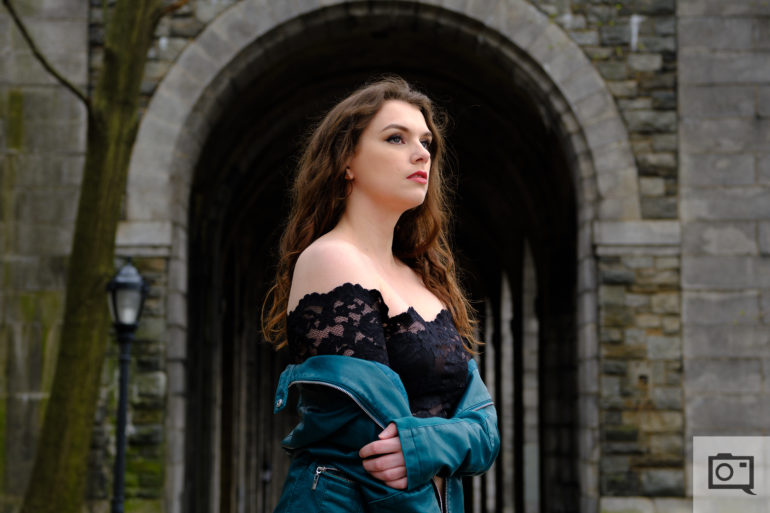
As expected, the RAW files that the Fujifilm X-T30 produces are good enough to be used straight out of the camera.
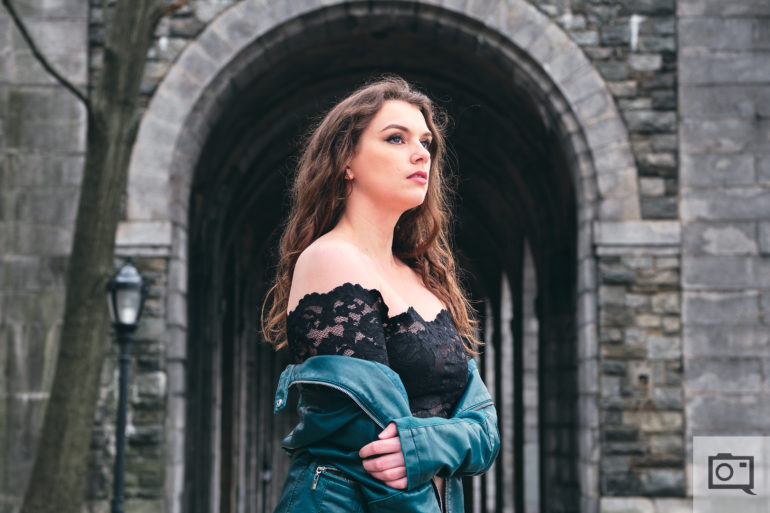
Those of us that with a particular creative vision in mind will be glad to know that the RAW files from the Fujifilm X-T3 contain a ton of data for you to work with during post processing.
High ISO Output
In terms of low light performance, images produced by the Fujifilm X-T30 are perfectly usable up to about ISO 3200. There should be enough data in the images for you to bring up the shadows a bit if you’re shooting raw.

Things start to get real noisy as you ramp the ISO up to and beyond 6400. I personally wouldn’t crank the ISO past 3200 when shooting with the Fujifilm X-T30, but your mileage may vary. For what it’s worth, the X-T30 comes with a built-in pop-up flash. It’s not the prettiest light source, but if you’ve got absolutely no other recourse when it comes to light sources, the pop-up flash will do in a pinch.
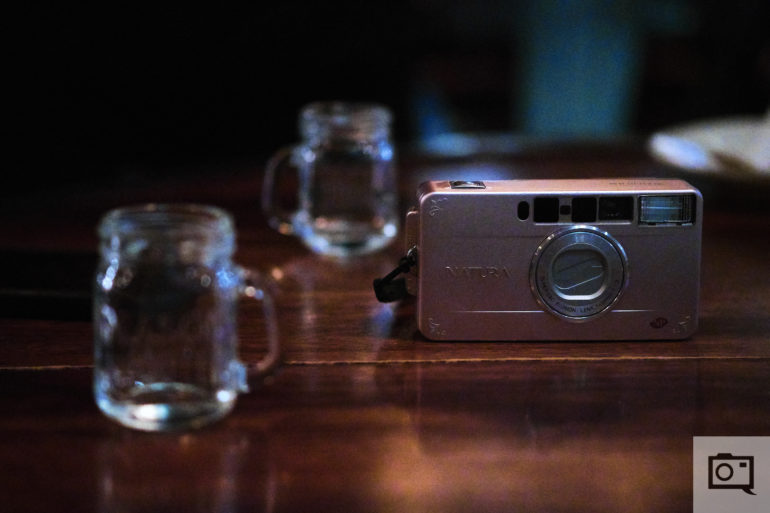
Additional Image Samples
As a matter of ethics, none of the sample images featured within this review have been retouched so that you can judge the quality of the images for yourself.
Conclusion
Likes
- Compact and lightweight makes the Fujifilm X-T30 a great grab and go option for when you’re on the go and want to travel light
Dislikes
- That joystick, functional and an improvement over the D-Pad as it may be, is pretty poorly located and makes it really, really easy to lose grip on the camera if you’re not careful
- Really wish they kept the same touchscreen that was in the X-T3 so that the screen can tilt up, down, as well as to the right
For photographers on the go that want a high speed low drag camera that can do it all (or just about) without weighing you down or taking up premium real estate in your camera bags. pockets, satchel, etc, the Fujifilm X-T30 is most certainly a contender worthy of your consideration. For the Crop Sensor shooters out there, you can finally breathe a sigh of relief because it looks like APS-C is going to be sticking around for the foreseeable future. For roughly a 2/3 of the price it’ll cost to pick up a Fujifilm X-T3 body, you can pick up a X-T30 instead that can do almost everything its larger cousin is capable of, with enough money leftover to put towards a nice lens to boot.

The Fujifilm X-T30 earns Four out of Five Stars.
The Fujifilm X-T30 is available for preorder now in 3 distinctive colorways: Silver, Black, and the newly introduced Charcoal Silver which is basically gunmetal. Preorders are scheduled to ship at the end of June and will set you back US $899 sans lens, although photographers new to Fujifilm’s X Series may opt to go for one of the X-T30 bundles that include either a Fujinon XC 15-45mm f3.5-f5.6 OIS PZ lens or Fujinon XF 18-55mm f2.8-f4 R LM OIS lens for US $999 & US $1,299 respectively.


